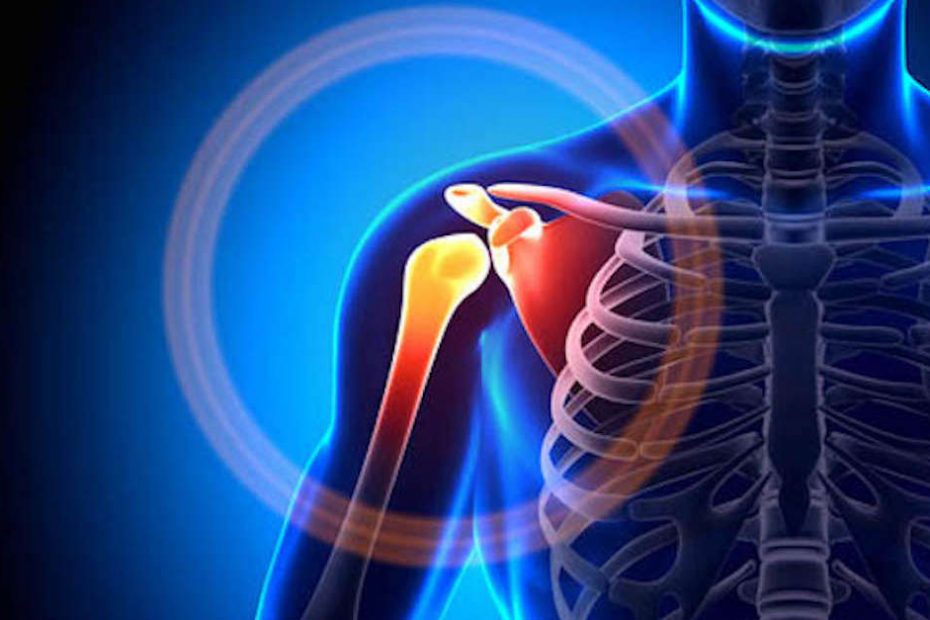Ageing is a natural part of life, but does it have to come with constant joint pain? Many seniors believe that stiff, aching joints are just part of getting older. However, the truth is that joint pain is common—but it’s not normal, and you don’t have to live with it.
As a chiropractor, I see many older adults who assume their joint pain is just “wear and tear.” While conditions like arthritis, osteoporosis, and past injuries can contribute to discomfort, there are effective ways to reduce pain, improve mobility, and maintain an active lifestyle.
Why Do Seniors Experience Joint Pain?
As we age, our joints naturally go through changes. These are a few of the things that can happen.
Cartilage wears down – The cushioning between joints thins out, leading to stiffness and pain (Arthritis & Rheumatology, Felson et al., 2020).
Loss of flexibility – Muscles and ligaments tighten, reducing mobility (Journal of Aging and Physical Activity, McHugh & Cosgrave, 2010).
Poor posture & spinal misalignment – Years of sitting, bending, and lifting improperly can create spinal imbalances (Spine Journal, Viggiani & Callaghan, 2021).
Past injuries resurface – Old injuries that were ignored or improperly healed may flare up with age (Journal of Orthopedic Research, Roos, 2018).
While these changes are common, they don’t mean you have to accept pain as a daily reality.
How Chiropractic Care Can Help Seniors with Joint Pain
Chiropractic care is a safe, drug-free, and effective way to manage joint pain and improve mobility.
1. Optimising Joint Movement
Chiropractic adjustments help restore proper joint function by addressing misalignments in the spine and extremities. When joints move as they should, there’s less wear and tear on cartilage, slowing the progression of arthritis. Stiffness decreases, making daily movements easier, as many of our patients tell us. The body maintains better balance, reducing the risk of falls, a well researched fact (The American Journal of Medicine, Holt et al., 2021). This is why so many local councils invest in falls prevention classes and groups.
2. Reducing Joint Inflammation
Joint inflammation is a major cause of pain in conditions like osteoarthritis and rheumatoid arthritis. Chiropractic care helps by improving circulation, allowing nutrients and oxygen to reach inflamed areas more efficiently (Clinical Biomechanics, Zebrowska et al., 2022). Chiropractic helps to reducing nerve irritation, which can decrease inflammatory responses in the body (Pain Medicine, Whedon et al., 2020). It also helps to enhance lymphatic drainage, helping the body clear out toxins that contribute to inflammation.
3. Improving Mobility & Reducing Immobility
Restricted joint movement can cause stiffness and lead to a sedentary lifestyle, which worsens pain. Chiropractic adjustments increase range of motion, allowing seniors to move more freely. Chiropractic helps maintain muscle tone and flexibility, reducing the likelihood of joint stiffness. Chiropractic supports postural correction, preventing long-term mobility issues (Journal of Geriatric Physical Therapy, Schneider et al., 2020).
Exercise Tips to Keep Joints Healthy
Incorporating movement into your daily routine is essential for joint health. Here are some gentle and effective exercises for seniors:
1. Low-Impact Aerobic Exercises
Swimming & Water Aerobics – The buoyancy of water reduces joint stress while providing resistance to strengthen muscles (British Journal of Sports Medicine, Fransen et al., 2015).
Walking – A simple but effective way to keep joints moving and maintain overall mobility. Aim for 20–30 minutes a day at a comfortable pace. You should do this 4-5 times a week.
2. Stretching for Flexibility
Seated Forward Bend – Sit on a chair and slowly bend forward to stretch your back and hamstrings.
Neck & Shoulder Rolls – Helps relieve tension and improve flexibility in the upper body.
3. Strengthening Exercises
Chair Squats – Strengthens leg muscles, improving balance and reducing knee pain.
Leg Raises – Lying down or seated, lift one leg at a time to improve hip and knee strength.
4. Balance & Stability Training
Heel-to-Toe Walking – Helps improve stability and prevent falls.
Single-Leg Stands – Stand on one foot for a few seconds, holding onto a stable surface if needed.
Additional Lifestyle Tips for Joint Health
Along with chiropractic care and exercise, here are some simple ways to support joint health:
Maintain a Healthy Weight – Extra weight increases stress on joints, especially in the knees (The Journal of Clinical Endocrinology & Metabolism, Messier et al., 2018). Eat an Anti-Inflammatory Diet – Omega-3s, turmeric, and leafy greens reduce joint inflammation (The Journal of Nutrition, Calder, 2020). Stay Hydrated – Proper hydration helps lubricate joints and ease stiffness (The American Journal of Clinical Nutrition, Manz et al., 2012).
Dr Michael Black’s Story
“In my mid fifties, I was busy in practice and working long days. I had a few old joint injuries that were becoming a problem, just aches and pains in the hips and feet, but they bugged me! I was probably carrying an extra inch around the tummy, courtesy of enjoying good Aussie Shiraz. Funny thing was that I didn’t question why I had these joint aches, even while working as a chiropractor.
I happened to return to martial arts training after many years absence and within a year, those pains disappeared. I didn’t start training to help my joints but for other unrelated reasons. The side benefit was that when I moved my body more, particularly the hips and lower limbs, using the body the way it was designed, I was rewarded for the effort! I had to revise the way I thought about ageing and joint pain. We’re not meant to be sedentary.”
You Don’t Have to Live with Joint Pain
If joint pain is slowing you down, chiropractic care could be the key to relieving inflammation, restoring movement, and helping you stay active.
At Black Chiropractic, we help seniors enjoy life without being limited by pain. Dr Michael Black and Dr David Black do understand – we’re in the same position!
Call us today at 9509 7691 or book online to take the first step toward pain-free movement!

